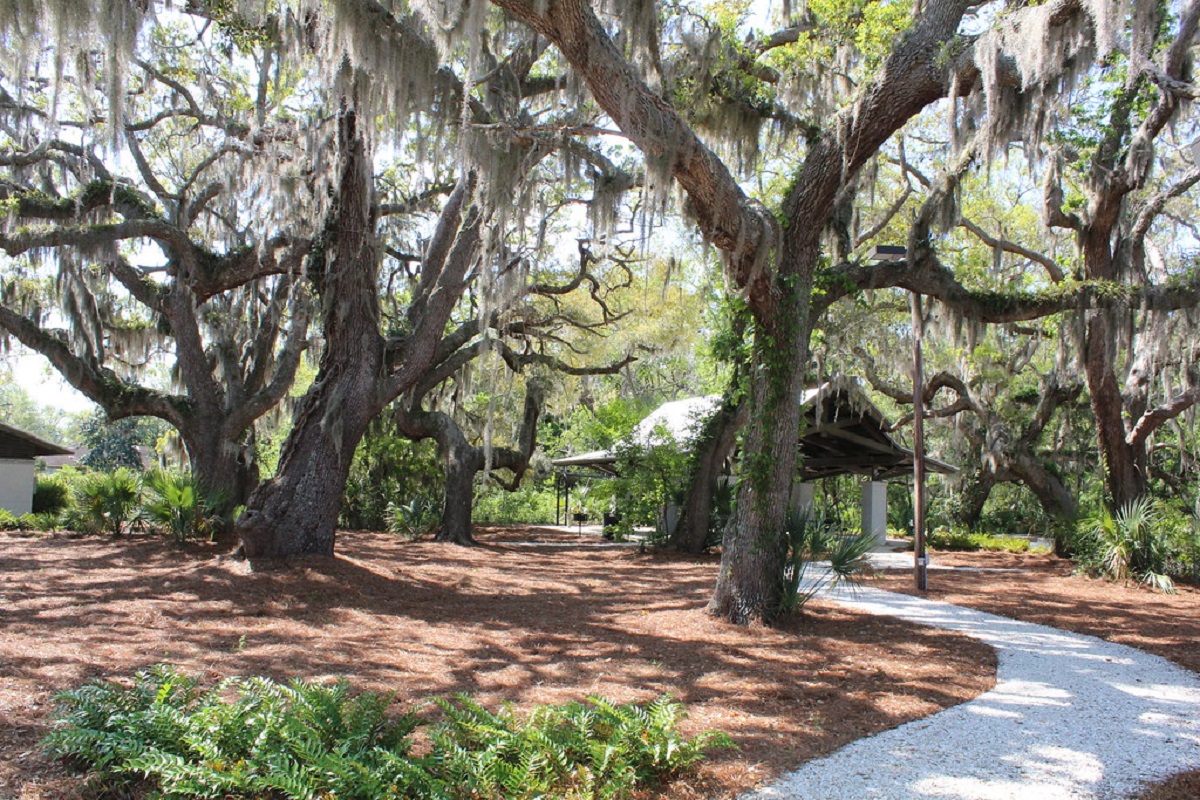The summer of 2020 has been tumultuous. The global COVID-19 pandemic has scrambled routines, disrupted economies, and driven many of us to stay indoors to stop the spread of the novel coronavirus. Ongoing uprisings against police brutality and racial injustice have highlighted that we live in a society often defined by inequality, from police interactions to who is welcome on our public lands. We must continue to break down the structures that have created this inequality in our society, and thanks to one recently passed piece of legislation, we can start to increase equity in the outdoors.
The bipartisan Great American Outdoors Act was first introduced in 2019 by the late congressman and civil rights icon, John Lewis. In addition to fully and permanently funding the Land and Water Conservation Fund (LWCF) at $900 million annually, the measure also devotes nearly $9.5 billion over five years to address the maintenance backlog on federally owned lands. While many tend to focus on how the program benefits iconic national parks, approximately half of the funding supports conservation and public land access at the regional, state, and local levels. LWCF projects provide close-to-home access to parks, playgrounds, and ballfields to help keep kids and families healthy. The program supports states in protecting the habitats of endangered species, safeguards our drinking water sources, keeps working forests and ranches in sustainable operating conditions, and more.
Since 2014, the LWCF has also been a vehicle to intentionally address equitable access to the outdoors. Through the Outdoors Recreation Legacy Partnership (ORLP) program, the LWCF targets funding to urban communities with limited outdoor recreation opportunities and that have experienced a historical lack of investment. The truth is, access to the outdoors is not universal — COVID-19 has made this abundantly clear — and people of color are the least likely to have community-level access to nature. Expanding the ORLP can help change that. ORLP projects are driven by local priorities and have funded everything from converting brownfields and stormwater conveyances into public parks, to the development of multiuse trails and other connectors to provide access to natural ecosystems, wildlife observation, and educational and employment opportunities for low- to moderate-income neighborhoods.
Still, much more work must be done to increase equitable access to the outdoors. Now that the LWCF is fully funded, we must further prioritize projects that invest in outdoors access for communities who have historically been deprived of it and are on the front lines of the catastrophic impacts of climate change.
Despite this, many state plans do not intentionally address outdoor equity and continue to ignore the communities most lacking in outdoor recreation resources.
For federal land-acquisition projects, federal agencies often work with nonprofit organizations, land trusts, and elected officials to create an annual priority list for LWCF funds. Each of these entities must undertake significant steps to make the process more inclusive, particularly for communities made up primarily of Black, Indigenous, and other people of color. An improved version of the Obama administration’s America’s Great Outdoors listening sessions would be a good place to start.
In addition to the ORLP, the LWCF provides grants to states and localities through the State Side program. Each state must prepare an National Park Service–approved Statewide Comprehensive Outdoor Recreation Plan (SCORP) in order to be eligible for this funding and develop an Open Project Selection Process that provides objective criteria and standards for selecting projects. Despite this, many state plans do not intentionally address outdoor equity and continue to ignore the communities most lacking in outdoor recreation resources. The Park Service should consider requiring equity rationales for SCORPs and explore other ways to incentivize states to prioritize investment and center equity in their planning.
Though these processes are considered “open,” they are often held closely by traditional conservation groups that may prioritize the interests of communities and individuals who resemble their own membership base over the needs of communities who have historically been excluded from decision making around land use, protection, and access.
We also need to address the funding source for the LWCF. The Great American Outdoors Act fully funded the LWCF, but it did so with the royalties the federal government receives from offshore oil and gas drilling. This cannot be the long-term solution. The next presidential administration must make banning offshore drilling a day one priority and also identify an alternative source for funding the LWCF.
The Great American Outdoors Act is an important step toward preserving our public lands, but the work to create a more equitable outdoors does not stop here. We must work to guarantee affected communities are involved in the process of prioritizing LWCF projects and ensure its funding is sustainable. The Great American Outdoors Act can truly honor the legacy of John Lewis, but only if it moves us toward an inclusive and sustainable outdoors for all.
